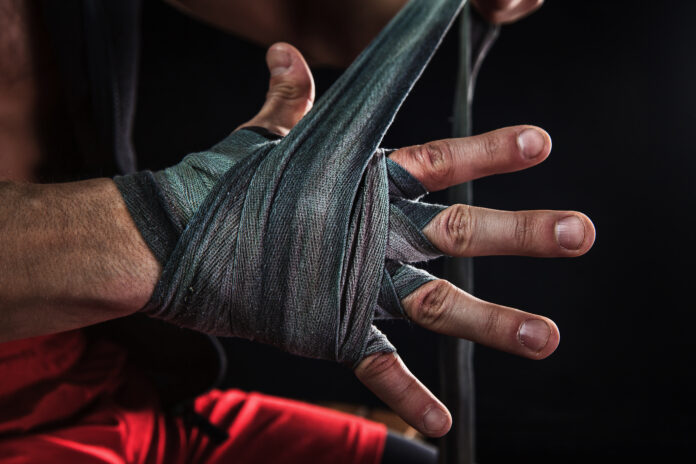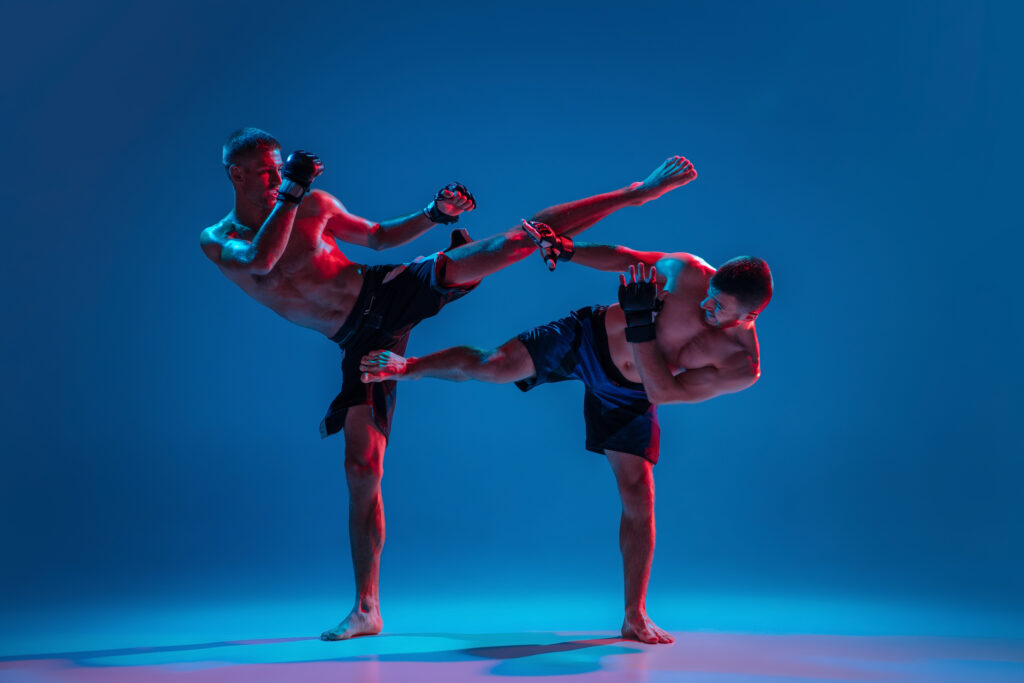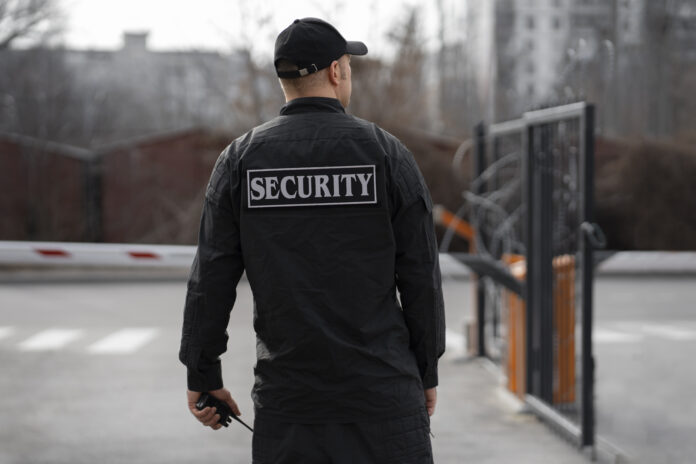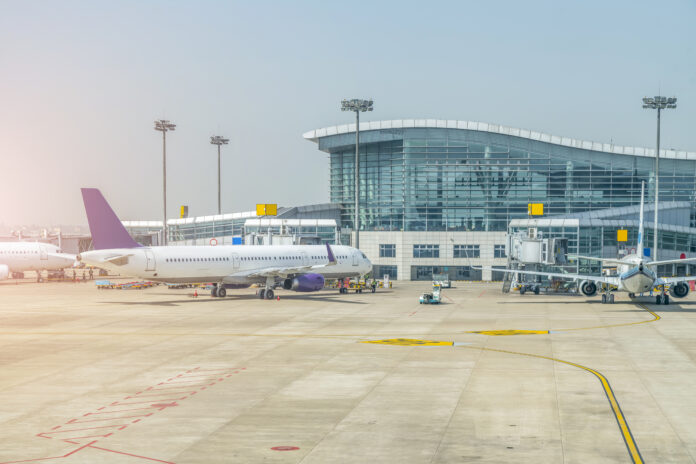Operational Guidelines for Executive Protection Agents at Fixed-Based Operators (FBOs)
As Summer quickly approaches, protection teams are seeing private aircraft use increase to accommodate vacation travel. Corporate teams have already seen sharp increases in travel internationally with COVID restrictions lifted worldwide.
The increase in business and vacation travel precipitates the need for professional protection agents to familiarize themselves with operations at Fixed Based Operators (FBOs) as part of the protective advance process.
The Airport is generally the first and last site location you work during a protective operations visit. Hopefully, it bookends an overall successful security event. As is the case with most site advances, airport advances require special considerations because airports are limited in number and relatively predictable by potential adversaries.
For this reason, Executive Protection agents must coordinate private aircraft arrivals and departures with the General Aviation management at Fixed-Based Operators to determine available security resources and mitigate security concerns.
Scheduling and FBO Designation
Your advance should begin with the identification of the FBO itself. You can receive this information from the protectee’s schedule, but the preferred method is from the air crew’s “Trip Sheet” which provides detailed information on the aircraft, passengers, and flight crew information.
It’s important to understand that most major cities have multiple Fixed-Based Operators and assuming you know the correct arrival and departure FBO without a proper advance would be a critical mistake.
During a recent trip to China, the scheduled and confirmed FBO was advanced and identified as the managing airfield for the aircraft, however, the arrival area was in a separate location almost a mile from the aircraft parking area.
This is the time to iron out details like this because you must be in the correct spot the first time. Usually, the aircrew management team will also be communicating with the FBO by email to pass aircraft needs for fuel, parking, aircrew transfers, and flight sustenance replenishment. You should request to be added to those email exchanges to avoid missing updated information when possible.
Initial FBO Staff Meetings
I typically begin my protective advance process with the FBO since it’s my first protective site during a protective visit. I start by meeting with the General Aviation staff and exchanging direct contact information. This meeting is informal and usually occurs at the front desk of the FBO. Sometimes the airfield manager is on-site, and you can discuss details with them privately as well.
During this meeting, I verify the flight arrival and departure times and dates to ensure the FBO has also scheduled the arrival and is aware of the flight. Flight times should always be considered as “estimates” and can be significantly impacted by inflight speed adjustments, tailwinds, and early departure times.
For this reason, Security Drivers and vehicles should be in place at the FBO a minimum of one hour before the scheduled arrival of the aircraft. When scheduling vehicles and support, pay close attention to time zone differences which may be reflected on Trip Sheets.
During your initial meeting with the FBO staff, you should also plan for passenger transfers from the aircraft to your secure vehicles and know the transfer details. Every FBO has rules based on local laws and managing airport regulatory guidance for the location they operate.
Some Fixed-Based Operators allow for planeside vehicle pickup while others require transfer by their vehicles and drivers to the FBO terminal where passengers walk to their respective personal vehicles. When discussing transfers with the FBO staff, you should identify the requirements for that transfer and ensure your drivers meet the licensure requirements if planeside pickup is authorized.
When discussing vehicle operations on the tarmac with FBO staff, identify if your vehicles will be under escort by “follow me” vehicles, or if you will be directed by ground crew personnel visually. Additionally, identify the process for gate entry to the airfield itself, as most Fixed-Based Operators have secure perimeter fences and gates.
If planeside pickup is unavailable, plan for motorcade parking and understand the process for the transfer of your protectee and their luggage. At a Teterboro, NJ FBO, the FBO staff transports passengers of arriving aircraft directly to the parking lot of the FBO. Knowing that information saves you that embarrassing moment of standing at the flightline door while your protectee is looking for you in the parking lot.
Security Driver Instructions
If there’s one thing security professionals understand, it’s that death is in the details (literally) and one of those details is the Security Driver briefing which is a critical piece for FBO security operations.
In addition to the standard security measures you take in ensuring the driver has the appropriate state licensure to operate a motor vehicle, special licensure is often mandated to operate a vehicle on the FBO tarmac.
Some states require additional specialized vehicle registrations which are often displayed as a decal on the vehicle’s front window. Drivers accessing the airfield should be familiarized with and follow the FAA and DOT guidelines for ground vehicle operations in and around aircraft.
Generally, you should brief your security driver to drive slowly, be seen (emergency flashers on), and understand the assured clear distance needed to avoid any aircraft, moving or stationary. Security drivers should NEVER exit the vehicle while providing driving services regardless of their company policy or desire to help.
Security information that is helpful for your advance also includes if the FBO has unarmed or armed security on site or if the arriving aircraft has a TSA-certified Armed Security Officer (ASO) onboard.
If the aircraft was flying into or out of the Ronald Reagan International Airport or had subsequent continuous stops during a trip from DCA, the aircraft is required to have an ASO onboard. Their role is not associated with EP but having awareness of their presence is important.
Other VIPs at the FBO may be traveling with armed security and using the FBO at the same time you are. Your verbal ninja skills will be needed when deconflicting with other security details but remember, they are just as interested in you as you are with them.
Protective Team Movements
Protective operations team movements during a private aircraft arrival or departure are typically an organized and choreographed event. Depending on the size of your protective team, there are specific responsibilities associated with arrivals and departures.
In some instances, the Detail Lead (DL) or AIC may be a passenger on the chartered or private aircraft traveling with the protectee. In these circumstances, they would normally sit in the plane’s rear and follow the protectee off the aircraft to the awaiting vehicles. The reason for this is the aircraft itself is a cover.
If a disruption or attack takes place as the protectee is exiting the aircraft, the DL can pull the protectee back into the aircraft. If the DL is working independently, there may be personal circumstances where they deplane before the protectee to provide support on the stairs to prevent a fall.
Plane stairs are usually on the front port side of the aircraft and immediately behind the cockpit. These stairs are wider and steeper than normal stairs and are sometimes difficult to navigate if unaccustomed. As the protectee exits the aircraft, they should walk directly to the secure vehicle positioned parallel to the aircraft.
The Security Driver should position the vehicle with the right rear door in line with the aircraft stairs. The vehicle door MUST always be open before the protectee exits the aircraft.
The placement of individual team members around the aircraft for support during arrival and departure is dependent on the team size but generally should cover the areas with a line of sight to the aircraft steps and cover the offside of the aircraft. If the aircraft has an ASO, they would sit in the front of the aircraft nearest the cockpit.
Amenities for Fixed-Based Operators
Most Fixed-Based Operators are well-maintained and offer an assortment of personal services for executive travelers. While each is different, there are specific services that each protection agent should consider during their protective advance.
Standard FBO amenities often include:
- Private Bathrooms (with or without showers or changing areas)
- Private Conference Rooms
- Concierge Services
- Telecommunications Availability
- Refreshments and Food Availability
- Baggage Handling, Transfer, and Storage
- Passenger Security Screening
- Contract Driving Services and Cabs
Customs and Immigration
International Fixed-Based Operators and U.S. Ports of Entry have additional unique considerations for corporate and private jets. Customs and Immigration screening requires dedicated law enforcement personnel to screen your arriving aircraft and its occupants, and the process is different in nearly every country you will visit.
In some locations, screening occurs on the plane itself, while in others, the passengers must disembark and enter a sterile screening area before entry is permitted. Regardless, communicating with the FBO staff for details regarding this screening process should take place during your first meeting and be communicated in advance to your protectee, their staff, and the aircrew.
It’s been my experience that Government employees working in security or law enforcement are rarely happy with their jobs, so it is important to be courteous in any interaction you have with them to expedite the departure or arrival of your protectee. A smile when there is a language barrier can do wonders.
Last year I watched a YouTube video that recommended “tipping” airfield managers or security for special security vehicle access to the flightline for planeside pickup. Being courteous is expected, however, this is not a circumstance where you would “tip” anyone for access you don’t have if you don’t want to see the inside of a jail cell or get someone fired. Reserve tips for baggage handlers, not airfield management or law enforcement.
Aircraft Identification Security
Another often-overlooked aspect of Fixed-Based Operators is Media Relations and media access. Because of the clientele that FBOs attract, it is not uncommon to see media representatives awaiting the arrival of private aircraft to film celebrities.
The same can also be said of fans and protesters who track the movements of VIPs online through social media. Based on your advance, you should have a general idea of the clientele of your FBO (which is private property) and the scheduled arrival of other VIPs that would draw such attention.
The FAA has two programs that enable aircraft owners to block or limit access to their ADS-B data (Tail Number Registry): the Limiting Aircraft Data Displayed (LADD) program (which deals with FAA-collected data), and the Privacy ICAO Address (PIA) program (which deals with third party collected data). These programs allow flight plans to be made outside of the public’s view.
Most Fortune 100 companies that have private aircraft have publicly unavailable registration numbers. This program provides an added measure of security for protective travel.
Unfortunately, despite these programs, there will be times when media is present at the FBO you are using for reasons other than your own scheduled arrival/departure. When these incidents occur, executive protection teams must be creative to limit the accessibility of their protectee to the media if it would create a problem.
If planeside pickup is not available at the FBO you’re using, one option is to have passengers of arriving aircraft drive to a location the media cannot access like the inside of the gate to the airfield or a separate hangar with an alternate egress point. In a worst-case scenario, you may need to delay your protectee’s exit from the aircraft until the media or other issue is reconciled.
Flight Path Security
While your protectee may fall into a low-threat category based on known intelligence, some protectees require significant coverage and protection resources. In these cases, Executive Protection agents should consider additional coverage and advance of the Flight Path Corridor (low and slow) of the arriving or departing aircraft.
Heavily populated neighborhoods and elevated areas surrounding Fixed-Based Operators create a recognizable risk to aircraft. These areas can be identified by communicating with the FBO staff to identify the prevailing winds that decide the flight path corridor and runway.
If you’re interested in learning more about this topic, specific team movements during aircraft operations or other protective operations, and advance information, there are many more resources available online.













